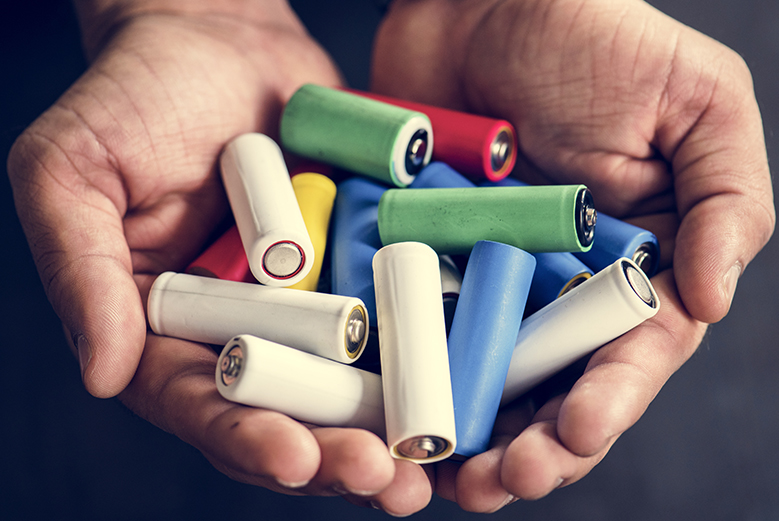
Energy Source´s blog

How to discard lithium batteries?
In an increasingly technological world, it is impossible to imagine ourselves without our smartphone or computer. But for devices like these to work, the lithium-ion battery is essential.
Drones, tablets, smartwatches, electric cars and other equipment are also examples of where this battery is used. To keep up with the growing demand for electronic devices , Lithium extraction multiplies as well as consumption, creating a big problem: what to do with batteries when they reach the end of their useful life?
Let's start by talking about what not to do: throw them in the common trash. If this happens, they go to unprepared landfills, contributing to overcrowding, in addition to offering the risk of fire and other serious damage to the environment, especially if they suffer any damage to their structure.
The correct solution is recycling, enabling a new use in a safe way, both for people and for the environment.
How to dispose of lithium batteries?
Now that you know the importance of recycling lithium batteries, you may be wondering how you can do your part. The first step is to make sure the battery is fully discharged, then follow the steps below:
• Remove the battery from the equipment;
• Insulate the battery terminals with plastic or tape to prevent a possible short circuit.;
• Look for a recycling center, collection point or companies that carry out the collection. It's simple and free of charge.
Currently, lithium batteries have identifications and the best way to separate them for disposal may be present in the manufacturer's manual, however, if you do not have access to this information, the step-by-step above is based on worldwide guidelines and legislation.
By taking these precautions when disposing of your lithium batteries, you contribute directly to environmental preservation and the reverse logistics process, which results in the reinsertion of this material in the market.
Energy Source collects and recycles lithium batteries
We became the first company in the world to offer a closed-loop solution for recycling lithium batteries with zero carbon emissions.
The methodology begins with the collection of batteries that, soon after, go through a stage of selection, tests and classification between: reusable and non-reusable.
The reusable ones are sent to reuse - Second life. The non-reusable ones, on the other hand, go to the stage of sorting, de-characterization, and through an electrochemical-mechanical process, proceed to the extraction of the metals contained, such as Cobalt, Lithium, Nickel and Manganese, which can also be reused when composing a new battery or a new product, thus avoiding the extraction of more ores.
